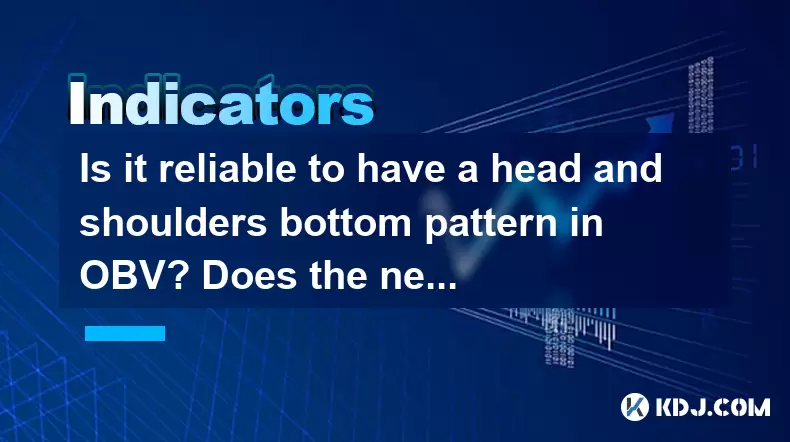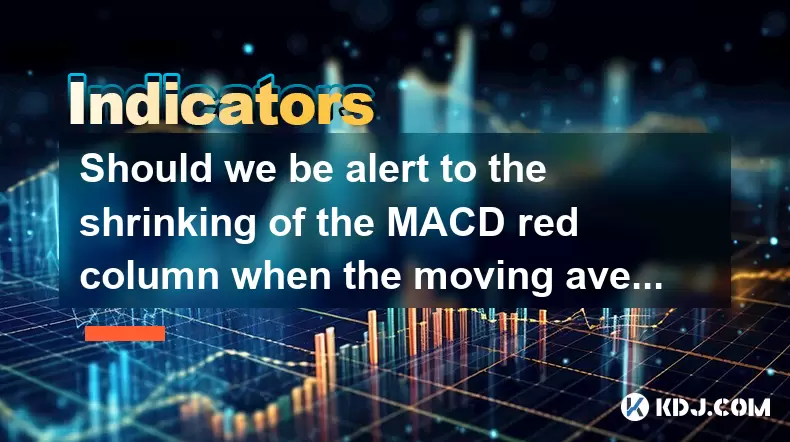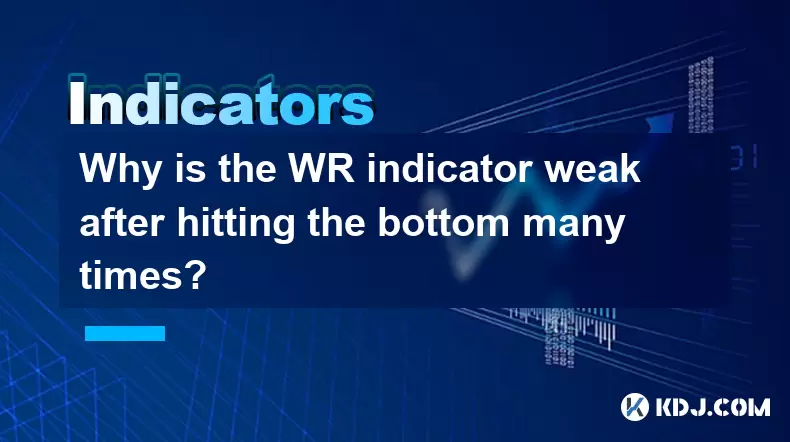-
 Bitcoin
Bitcoin $101,898.5005
-0.75% -
 Ethereum
Ethereum $2,258.1125
-1.07% -
 Tether USDt
Tether USDt $1.0004
0.01% -
 XRP
XRP $2.0178
-2.93% -
 BNB
BNB $624.0243
-1.53% -
 Solana
Solana $134.3298
-0.90% -
 USDC
USDC $0.9999
0.01% -
 TRON
TRON $0.2675
-2.05% -
 Dogecoin
Dogecoin $0.1538
-1.96% -
 Cardano
Cardano $0.5482
-1.11% -
 Hyperliquid
Hyperliquid $35.5636
5.45% -
 Bitcoin Cash
Bitcoin Cash $453.4902
-1.66% -
 Sui
Sui $2.5134
-2.97% -
 UNUS SED LEO
UNUS SED LEO $9.1292
1.77% -
 Chainlink
Chainlink $11.8457
-1.60% -
 Stellar
Stellar $0.2312
-2.73% -
 Avalanche
Avalanche $16.9721
0.29% -
 Toncoin
Toncoin $2.7549
-3.82% -
 Shiba Inu
Shiba Inu $0.0...01081
-1.10% -
 Litecoin
Litecoin $80.8250
-0.71% -
 Hedera
Hedera $0.1374
0.21% -
 Monero
Monero $305.4827
-2.36% -
 Ethena USDe
Ethena USDe $1.0006
0.00% -
 Dai
Dai $1.0000
-0.01% -
 Polkadot
Polkadot $3.2085
-3.12% -
 Bitget Token
Bitget Token $4.0845
-3.13% -
 Uniswap
Uniswap $6.3353
-1.63% -
 Pi
Pi $0.5085
-0.70% -
 Pepe
Pepe $0.0...08913
-3.82% -
 Aave
Aave $232.7090
-0.58%
Is it reliable to have a head and shoulders bottom pattern in OBV? Does the neckline breakthrough require a large volume?
The head and shoulders bottom pattern, confirmed by rising OBV and high volume at the neckline breakthrough, signals a reliable bullish reversal in technical analysis.
May 23, 2025 at 03:56 pm

The head and shoulders bottom pattern, also known as an inverse head and shoulders, is a widely recognized bullish reversal pattern in technical analysis. When this pattern appears in conjunction with the On-Balance Volume (OBV) indicator, it can provide traders with a more robust signal for potential price movements. The question of its reliability and whether a neckline breakthrough requires large volume are crucial aspects that traders need to understand thoroughly.
Understanding the Head and Shoulders Bottom Pattern
The head and shoulders bottom pattern consists of three troughs with the middle trough (head) being the deepest, and the two outer troughs (shoulders) being shallower. The pattern is completed when the price breaks above the neckline, which is a resistance level formed by connecting the highs between the troughs.
The reliability of this pattern largely depends on its formation and the context in which it appears. A well-formed head and shoulders bottom pattern, characterized by clear and distinct troughs and a horizontal or slightly sloped neckline, is generally considered more reliable. Additionally, the pattern's reliability increases when it occurs after a prolonged downtrend, signaling a potential reversal.
The Role of OBV in Confirming the Pattern
On-Balance Volume (OBV) is a momentum indicator that uses volume flow to predict changes in stock price. It adds volume on up days and subtracts volume on down days. When the OBV line is trending upwards, it suggests that buying pressure is increasing, which can confirm bullish signals.
Using OBV to confirm the head and shoulders bottom pattern involves looking for a corresponding increase in OBV as the price breaks above the neckline. If the OBV line rises alongside the price breakout, it indicates strong buying interest and adds to the reliability of the bullish reversal signal. Conversely, if the OBV line does not confirm the breakout, the signal may be less reliable.
Volume Requirements for a Neckline Breakthrough
The volume during a neckline breakthrough is a critical factor in assessing the strength of the breakout. A large volume during the neckline breakthrough is generally considered a positive sign, as it suggests strong market participation and conviction in the price movement. However, the necessity of large volume can vary depending on the specific market and asset being analyzed.
In some cases, a breakout with moderate volume can still be valid, especially if the overall trend and other technical indicators support the move. It is important to consider the volume in the context of the asset's average trading volume. A breakout with volume that significantly exceeds the average can be a strong confirmation, but even a breakout with volume slightly above average can be reliable if other factors align.
Analyzing Real-World Examples
To better understand the reliability of a head and shoulders bottom pattern in OBV and the role of volume in a neckline breakthrough, let's examine a few real-world examples.
Example 1: In a cryptocurrency like Bitcoin, a clear head and shoulders bottom pattern forms after a significant downtrend. As the price breaks above the neckline, the OBV line also shows a strong upward trend, and the volume during the breakout is significantly higher than the average. This combination of factors would suggest a highly reliable bullish reversal signal.
Example 2: In another scenario, a less clear head and shoulders bottom pattern forms in Ethereum. The price breaks above the neckline, but the OBV line shows only a slight increase, and the volume during the breakout is only marginally higher than average. This situation may indicate a less reliable signal, and traders might want to wait for further confirmation before acting.
Practical Steps for Identifying and Trading the Pattern
Identifying and trading a head and shoulders bottom pattern in conjunction with OBV requires a systematic approach. Here are the steps to follow:
Identify the Pattern: Look for three distinct troughs in the price chart, with the middle trough being the deepest. Connect the highs between these troughs to form the neckline.
Confirm with OBV: Monitor the OBV line to ensure it is trending upwards as the price approaches the neckline. A rising OBV line during the formation of the pattern can add to its reliability.
Monitor Volume: Pay close attention to the volume as the price approaches and breaks through the neckline. Ideally, the volume should be higher than average during the breakout.
Execute the Trade: Once the price breaks above the neckline and the OBV confirms the move, consider entering a long position. Place a stop-loss order just below the right shoulder to manage risk.
Set Profit Targets: Calculate potential profit targets based on the height of the pattern. Measure the distance from the head to the neckline and add this distance to the breakout point to set a target.
Common Pitfalls and Considerations
While the head and shoulders bottom pattern in OBV can be a powerful tool, there are several common pitfalls and considerations that traders should be aware of:
False Breakouts: Not all breakouts above the neckline will lead to sustained bullish trends. False breakouts can occur, and traders should be prepared to exit positions if the price fails to follow through.
Market Context: The broader market context can influence the reliability of the pattern. A strong bullish reversal signal may be less reliable if the overall market is bearish.
Confirmation from Other Indicators: While OBV can be a strong confirming indicator, traders may want to use additional indicators such as the Relative Strength Index (RSI) or Moving Averages to further validate the signal.
Frequently Asked Questions
Q1: Can the head and shoulders bottom pattern be used in all timeframes?
A1: Yes, the head and shoulders bottom pattern can be identified and traded across various timeframes, from intraday charts to weekly or monthly charts. However, the reliability and significance of the pattern may vary depending on the timeframe. Patterns on longer timeframes tend to have more significant implications for price movements.
Q2: How long does it typically take for a head and shoulders bottom pattern to form?
A2: The duration of a head and shoulders bottom pattern can vary widely depending on the asset and the timeframe being analyzed. On shorter timeframes, such as hourly charts, the pattern might form within a few days. On longer timeframes, such as daily or weekly charts, the pattern could take weeks or even months to complete.
Q3: Is it necessary to wait for a pullback after a neckline breakthrough before entering a trade?
A3: While it is not strictly necessary to wait for a pullback after a neckline breakthrough, some traders prefer to do so to enter at a more favorable price. A pullback to the neckline after a breakout can provide a second chance to enter the trade with a better risk-reward ratio. However, traders should be cautious as not all breakouts will experience a pullback, and waiting too long might result in missing the move entirely.
Q4: Can the head and shoulders bottom pattern be used in conjunction with other reversal patterns?
A4: Yes, the head and shoulders bottom pattern can be used alongside other reversal patterns to increase the robustness of trading signals. For instance, if a double bottom pattern forms within the right shoulder of a head and shoulders bottom, it could provide additional confirmation of a bullish reversal. Traders should always look for multiple confirmations to enhance the reliability of their trades.
Disclaimer:info@kdj.com
The information provided is not trading advice. kdj.com does not assume any responsibility for any investments made based on the information provided in this article. Cryptocurrencies are highly volatile and it is highly recommended that you invest with caution after thorough research!
If you believe that the content used on this website infringes your copyright, please contact us immediately (info@kdj.com) and we will delete it promptly.
- DOGE Recovery Amid US-Iran Tensions: A Market Rollercoaster
- 2025-06-23 20:45:13
- Fiserv, PayPal, and Stablecoins: A New Era of Interoperability?
- 2025-06-23 20:45:13
- Hacken Token's Wild Ride: Minting Exploit and the Cryptocurrency Crash
- 2025-06-23 21:05:12
- Dogecoin, Cloud Mining, and Blockchain: A Meme's Evolution
- 2025-06-23 21:25:12
- Layer 1 Turmoil: CEO Ousted Amidst Scam Allegations
- 2025-06-23 21:05:12
- Solana's Stumble: Price Crash and Network Exodus?
- 2025-06-23 21:25:12
Related knowledge

What is the significance of the gap formed by the gap opening not being filled within five days?
Jun 23,2025 at 09:42pm
Understanding Gaps in Cryptocurrency TradingIn the world of cryptocurrency trading, a gap refers to a situation where the price of an asset jumps from one level to another without any trading activity occurring between those two levels. This often happens over weekends or holidays when the market is closed, and significant news or events occur that impa...

Does the second golden cross of MACD above the zero axis represent the continuation of strength?
Jun 23,2025 at 08:21pm
Understanding the MACD IndicatorThe Moving Average Convergence Divergence (MACD) is a widely used technical analysis tool in cryptocurrency trading. It consists of three main components: the MACD line, the signal line, and the histogram. The MACD line is calculated by subtracting the 26-period Exponential Moving Average (EMA) from the 12-period EMA. The...

Is it effective when the DIF line suddenly crosses the zero axis when the volume is shrinking and the market is trading sideways?
Jun 23,2025 at 07:29pm
Understanding the DIF Line in Technical AnalysisThe DIF line, or the Difference Line, is a critical component of the MACD (Moving Average Convergence Divergence) indicator, widely used in technical analysis across cryptocurrency and traditional financial markets. It represents the difference between the 12-period EMA (Exponential Moving Average) and the...

Should we be alert to the shrinking of the MACD red column when the moving average is arranged in a bullish pattern?
Jun 23,2025 at 08:14pm
Understanding the MACD Red Column and Its SignificanceThe Moving Average Convergence Divergence (MACD) is a widely used technical indicator in cryptocurrency trading. It consists of three main components: the MACD line, the signal line, and the MACD histogram (the red column). The red column represents the difference between the MACD line and the signal...

Why is the WR indicator weak after hitting the bottom many times?
Jun 23,2025 at 07:56pm
Understanding the WR Indicator in Cryptocurrency TradingThe Williams %R (WR) indicator is a momentum oscillator used by traders to identify overbought and oversold levels in the market. It ranges from 0 to -100, with readings above -20 considered overbought and below -80 considered oversold. In the context of cryptocurrency trading, where volatility is ...

Is the shrinking cross star after the historical high a signal of topping?
Jun 23,2025 at 05:56pm
Understanding the Shrinking Cross Star PatternIn technical analysis, candlestick patterns are essential tools for traders to predict potential price movements. One such pattern is the shrinking cross star, which appears as a small-bodied candle with long upper and lower shadows, indicating indecision in the market. When this pattern forms after an asset...

What is the significance of the gap formed by the gap opening not being filled within five days?
Jun 23,2025 at 09:42pm
Understanding Gaps in Cryptocurrency TradingIn the world of cryptocurrency trading, a gap refers to a situation where the price of an asset jumps from one level to another without any trading activity occurring between those two levels. This often happens over weekends or holidays when the market is closed, and significant news or events occur that impa...

Does the second golden cross of MACD above the zero axis represent the continuation of strength?
Jun 23,2025 at 08:21pm
Understanding the MACD IndicatorThe Moving Average Convergence Divergence (MACD) is a widely used technical analysis tool in cryptocurrency trading. It consists of three main components: the MACD line, the signal line, and the histogram. The MACD line is calculated by subtracting the 26-period Exponential Moving Average (EMA) from the 12-period EMA. The...

Is it effective when the DIF line suddenly crosses the zero axis when the volume is shrinking and the market is trading sideways?
Jun 23,2025 at 07:29pm
Understanding the DIF Line in Technical AnalysisThe DIF line, or the Difference Line, is a critical component of the MACD (Moving Average Convergence Divergence) indicator, widely used in technical analysis across cryptocurrency and traditional financial markets. It represents the difference between the 12-period EMA (Exponential Moving Average) and the...

Should we be alert to the shrinking of the MACD red column when the moving average is arranged in a bullish pattern?
Jun 23,2025 at 08:14pm
Understanding the MACD Red Column and Its SignificanceThe Moving Average Convergence Divergence (MACD) is a widely used technical indicator in cryptocurrency trading. It consists of three main components: the MACD line, the signal line, and the MACD histogram (the red column). The red column represents the difference between the MACD line and the signal...

Why is the WR indicator weak after hitting the bottom many times?
Jun 23,2025 at 07:56pm
Understanding the WR Indicator in Cryptocurrency TradingThe Williams %R (WR) indicator is a momentum oscillator used by traders to identify overbought and oversold levels in the market. It ranges from 0 to -100, with readings above -20 considered overbought and below -80 considered oversold. In the context of cryptocurrency trading, where volatility is ...

Is the shrinking cross star after the historical high a signal of topping?
Jun 23,2025 at 05:56pm
Understanding the Shrinking Cross Star PatternIn technical analysis, candlestick patterns are essential tools for traders to predict potential price movements. One such pattern is the shrinking cross star, which appears as a small-bodied candle with long upper and lower shadows, indicating indecision in the market. When this pattern forms after an asset...
See all articles
























































































